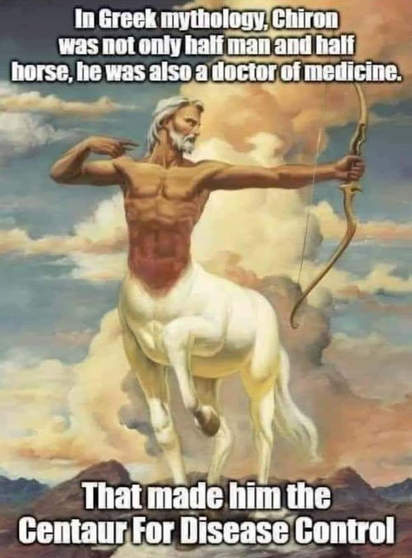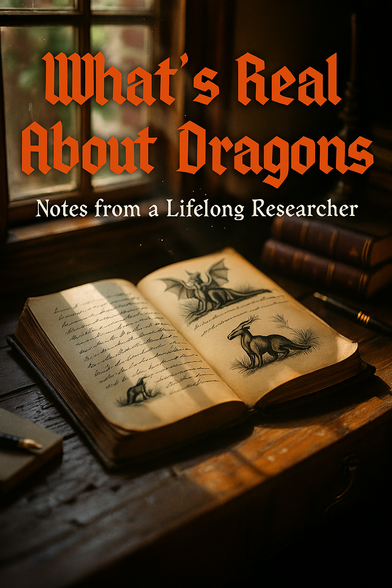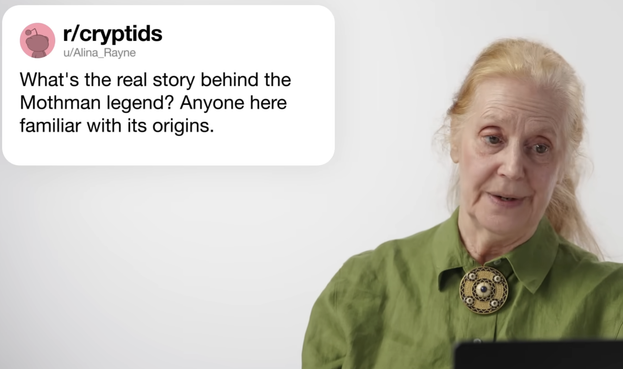Historian answers questions about the origins and meanings of mysterious creatures
I had this video saved for a few days and finally got to watch it. It features Dr. Juliette Wood answering questions about monsters and creature folklore, including some cryptids.
A few points to consider before you watch it (it is 32 minutes long)…
I was happy to hear how she described the arc from the original story of some of these beings to their modern counterparts. She thinks this changing image is interesting and, of course, so do I. In particular, she used the example of the unicorn, which began as speculation about a potentially real creature in medieval times. Later, it was adopted as a Christian metaphor and used in high art. It was depicted as a fantastical creature that eventually appeared in modern art and literature, evolving quite far from the original descriptions. Finally, it enters popular culture and is commodified. It now belongs to different groups – as a LGBTQ symbol, little girls’ toys, magical fantasy creatures. This is what happens to many folklore creatures, or cryptids. As they journey through time, their utility changes. Often, they are no longer useful as a mysterious creature to be discovered, but serve one or more social functions. This is part of the pop cryptid model.
https://www.youtube.com/watch?v=i61jkjPtMuw
A few quibbles I had:
She points out that the Wendigo escaped Native culture. This is a great framing. I like to think of it as the horse that left the barn for good. You aren’t likely to box it in again, even if you want to. But like most of the topics in this video – vampires, werewolves, cryptids, fairies, spirits, etc. – the stories are exceptionally more complex because culture is complex and always changing. Dr. Wood deliveries mostly sound and good answers to start with, but those asking the questions would do well to read more expansive sources to really understand what’s going on.
The “big hairy monster” types like Bigfoot, Yeti, Abominable snowman, etc., are suggested to be more similar than different. It’s a mistake to say the Yeti is white because it’s in snowy Tibet as it was originally described as dark furred. It has only become stereotypically white in more modern popular depictions.
Dr. Wood really messed up by saying the Slenderman incident in Wisconsin resulted in a death. Several commenters noted that the girl stabbed by her “friends” survived. Big fact check error there.
She repeats the St. Columba origin story for the Loch Ness monster. Inclusion of that story is fraught with peril – it’s dubious to say the least and highly fictionalized. She hints that people looked back at the account during the monster’s modern appearance and retroactively fitting it to the Nessie idea. But it really needs the extra context to prevent people from outright saying Nessie was first reported in the 6th century.
All in all, this is so worth a watch to get oriented to various popular legends and lore. Loved it.
Dr. Wood is an American historian and lecturer at Cardiff University. She specializes in Celtic and Medieval history, magic, and folklore. She is a former director of the Folklore Society.
#Bigfoot #cryptids #fairies #folklore #legends #myths #slenderman
https://sharonahill.com/?p=10503








